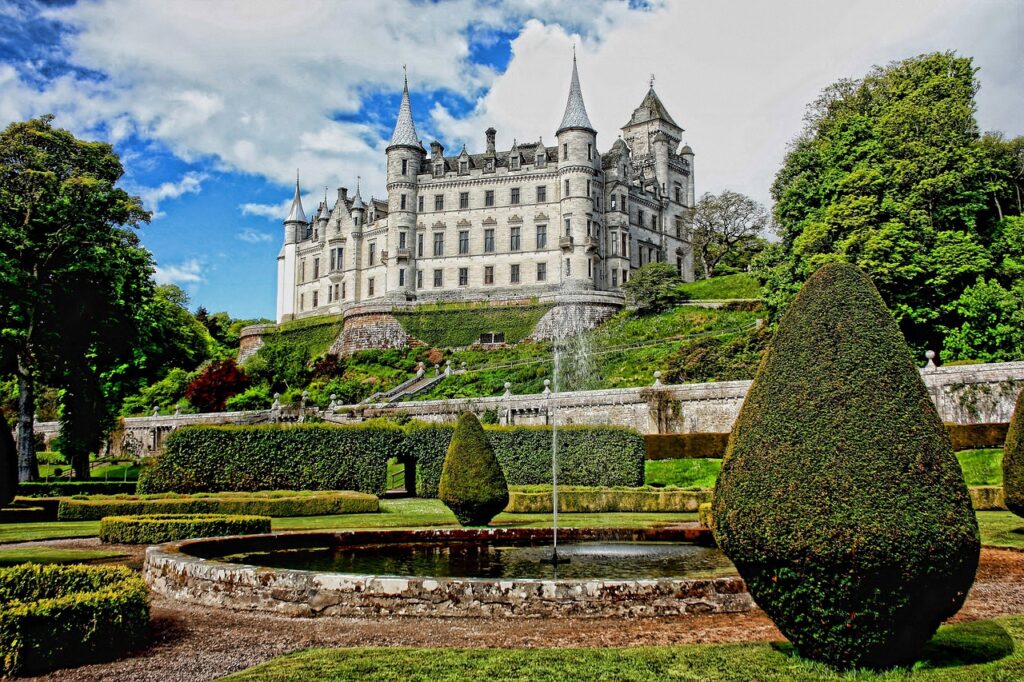Heritage and Horticulture: Preserving the Character of Kentucky Landscapes
by siteadmin

Kentucky, often hailed as the Bluegrass State, is a land rich in heritage and natural beauty. Its landscapes, characterized by rolling hills, lush greenery, and picturesque farms, are a testament to a legacy deeply rooted in agriculture and tradition. In this article, we explore the symbiotic relationship between heritage and horticulture, highlighting the efforts made to preserve and enhance the unique character of Kentucky’s landscapes.
Roots in Agriculture
The agrarian roots of Kentucky run deep, with a legacy that spans generations. The state’s fertile soil and favorable climate have given rise to a rich tradition of farming, shaping the landscape into a patchwork of fields and meadows. Heritage crops like tobacco and bourbon grains have not only sustained local economies but have also become symbols of Kentucky’s agricultural identity.
The Role of Horticulture in Preservation
In the face of urbanization and modernization, preserving the essence of Kentucky’s landscapes requires a delicate balance. This is where horticulture steps in as a guardian of tradition. Landscaping with native plants, cultivating heirloom varieties, and employing sustainable gardening practices all play a pivotal role in maintaining the authenticity of the state’s natural beauty.
Native Plants as Guardians of Heritage
One of the key strategies in preserving the character of Kentucky’s landscapes involves the incorporation of native plants into horticultural practices. These indigenous species not only contribute to the ecological balance but also carry a historical significance. By using native plants, horticulturists ensure that the flora aligns seamlessly with the region’s natural heritage.
Heirloom Varieties
In the world of horticulture, preserving heritage often involves the cultivation of heirloom plant varieties. These plants, often passed down through generations, are cherished for their historical significance and unique characteristics. Horticulturists in Kentucky play a crucial role in maintaining these heirloom varieties, ensuring that the genetic diversity and cultural significance of these plants endure.
Sustainable Landscaping Practices
The commitment to preserving Kentucky’s landscapes goes beyond the choice of plants. Sustainable landscaping practices, such as water conservation, soil health management, and integrated pest management, are integral components of horticulture in the state. These practices not only contribute to the longevity of the landscapes but also align with the environmental stewardship deeply ingrained in Kentucky’s heritage.
Educating the Next Generation
Preserving the character of Kentucky’s landscapes requires a collective effort, and education plays a vital role. Horticultural programs, community workshops, and school initiatives aim to instill an appreciation for the state’s natural beauty in the hearts of the younger generation. By fostering a sense of responsibility towards the environment, Kentucky ensures that its landscapes remain a source of pride and inspiration for years to come.
In the intersection of heritage and horticulture lies the key to preserving the character of Kentucky’s landscapes. As the state continues to evolve, the commitment to sustainable practices and the cultivation of native and heirloom plants will play an essential role in ensuring that the Bluegrass State retains its unique charm and agricultural legacy. By embracing the past and nurturing the future, Kentucky stands as a testament to the harmonious coexistence of tradition and progress.
Kentucky, often hailed as the Bluegrass State, is a land rich in heritage and natural beauty. Its landscapes, characterized by rolling hills, lush greenery, and picturesque farms, are a testament to a legacy deeply rooted in agriculture and tradition. In this article, we explore the symbiotic relationship between heritage and horticulture, highlighting the efforts made…
Recent Posts
- Exploring the Drawbacks of Duct Cleaning: Insights from Air Vent Cleaning Charlotte
- Exploring the Drawbacks of Duct Cleaning: Insights from Air Vent Cleaning Charlotte
- Clearing the Dust: Duct Cleaning Louisville KY Shares Tips to Make Your Home Less Dusty
- Landscaping Corpus Christi: Your One-Stop Solution for Superior Landscape Design and Lawn Care Services
- Sons of Monaco Painting Unveils the Ultimate Solution: Roll vs. Spray for Exterior Paint